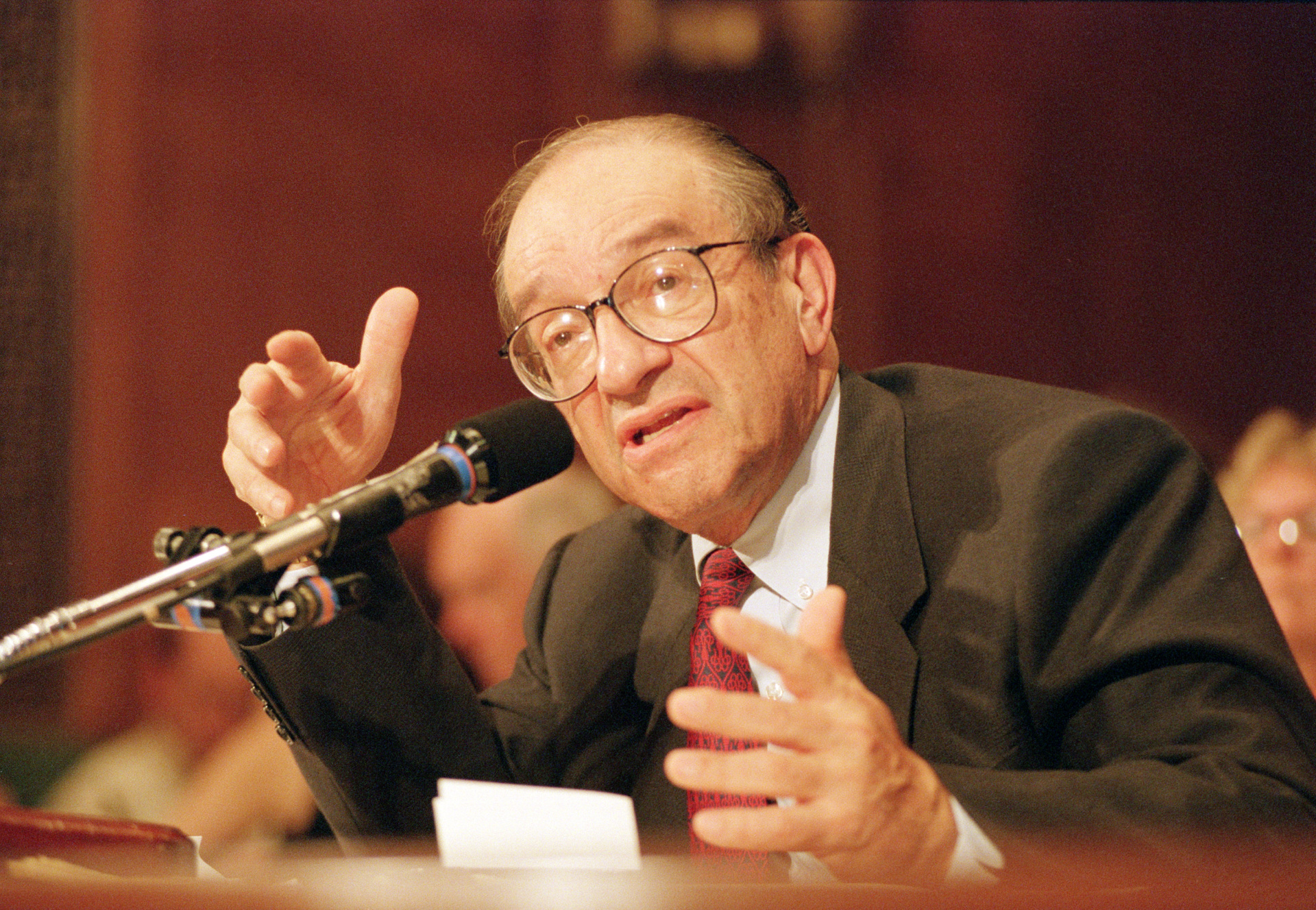Breitbart Business Digest: Jobs Numbers Blow Away Recession Fears
What if They Held a Recession and No One Showed Up (Because They Had Work That Day)?
The incredibly strong January jobs figures all but rule out a recession in the first half of this year. They even may be strong enough to indicate that the economy will remain in expansion throughout the year.
The U.S. economy added 517,000 jobs as January got going, with the private sector adding 443,000 jobs. This was utterly expected. The median forecast by analysts surveyed by Econoday was for 185,000 jobs, which would have been a steep decline from the 223,000 jobs initially reported for December. Private payrolls were seen as growing by 170,000 jobs, following what many had seen as a blowout December in which businesses added 220,000 jobs.

(Jose Luis Pelaez/iStock/Getty Images)
To get a sense of just how far from expectations the job numbers were, look at the ranges of the forecasts. The top of the range in forecasts for total nonfarm payrolls in the Econoday survey was 260,000, just over half of the actual figure. For the private sector, the top of the range was for 200,000 jobs, just 45 percent of the Labor Department’s estimate.
Even more extraordinary is the fact that these job gains came on top of a labor market that was even hotter than we previously thought. The growth in payrolls in November was revised up from 256,000 to 290,000 and the December figure was revised up from 223,000 to 260,000. So employment was already 71,000 higher than we thought.
When Fed chair Jerome Powell spoke on Wednesday, he pointed out that payrolls were up by 247,000 on average over the previous three months and included this in his evidence that the labor market is “extremely tight.” After revisions, the October through December average was actually 271,000, a stunningly high level of job creation. With the January figure, the three-month moving average jumps to 356,000.
A Sobering Message from History
Some historical context highlights just how extremely robust job creation has been. Apart from the rapid job gain in the wake of the pandemic lockdowns, that three month average is the highest since 1994. The economy that year grew around four percent, inflation was running at 2.56 percent, and the unemployment rate was 5.5 percent. The Federal Reserve was in hiking mode then also. The federal funds rate rose from around three percent at the start of the year to around 5.5 percent at the end of the year and then kept climbing to a peak of just over six percent the following May.

Federal Reserve Board Chairman Alan Greenspan testifies before the Senate Banking Committee on July 20, 1994. Greenspan warned Congress that interest rates may need to move higher to ensure that inflation remains in check. (AP Photo/John Duricka)
In other words, interest rates were higher than they are now, inflation was a good deal lower, and unemployment was much higher than the 3.4 percent recorded in January. You have to go all the way back to 1969 before you’ll find an unemployment rate that low. And to get below that number, you have to send your time machine back to 1951, when Harry Truman was president and GDP was growing at an eight percent real rate.
Yet the Fed under Alan Greenspan read the 1994 economy as requiring further tightening of monetary policy. That should be a sobering message for those who are convinced that the Fed will wrap up its hiking cycle at the March meeting and possibly even cut in the back half of the year. At least by historical standards, monetary policy is still very loose given the employment situation and the inflation situation.
Bracing for a ‘Hard Landing’
Our friend Larry Kudlow over at Fox Business has referred to the coming recession as “the most heralded recession ever.” The best argument for the idea that the economy would slip into a recession was that this is what it would take to squeeze inflation down to the Fed’s target of two percent growth in the personal consumption expenditure price index. The “soft landing” crowd argued that this could be accomplished without a slump, but the “hard landing” folks argued that history provided no evidence that a soft landing was possible with inflation as high as this.
The strong jobs numbers followed a softer than expected wage figure for the fourth quarter of 2022—something the soft-landing folks are likely to claim supports the case that we could avoid a recession and tame inflation. This is likely only half right. With the labor market adding jobs at this furious of a pace, it is unlikely that the economy slips into a recession in the next six months. Even a slight contraction in GDP will not feel like a recession—and likely will not be described as a recession by the official arbiters at the National Bureau of Economic Research—with unemployment so low.
It is also unlikely that inflation comes down to two percent without a serious downturn in employment. It is well-known that monetary policy acts on the economy with long and variable lags. What we may be seeing now is that employment’s influence on inflation may also be lagged and variable. The ultra-low level of unemployment will eventually result in wage gains, which could fuel inflation absent a big increase in productivity that super-sizes production. The Biden administration’s climate change policies all but guarantee that investments will be directed toward costly Green New Deal projects rather than improved efficiency.





Comments are closed.